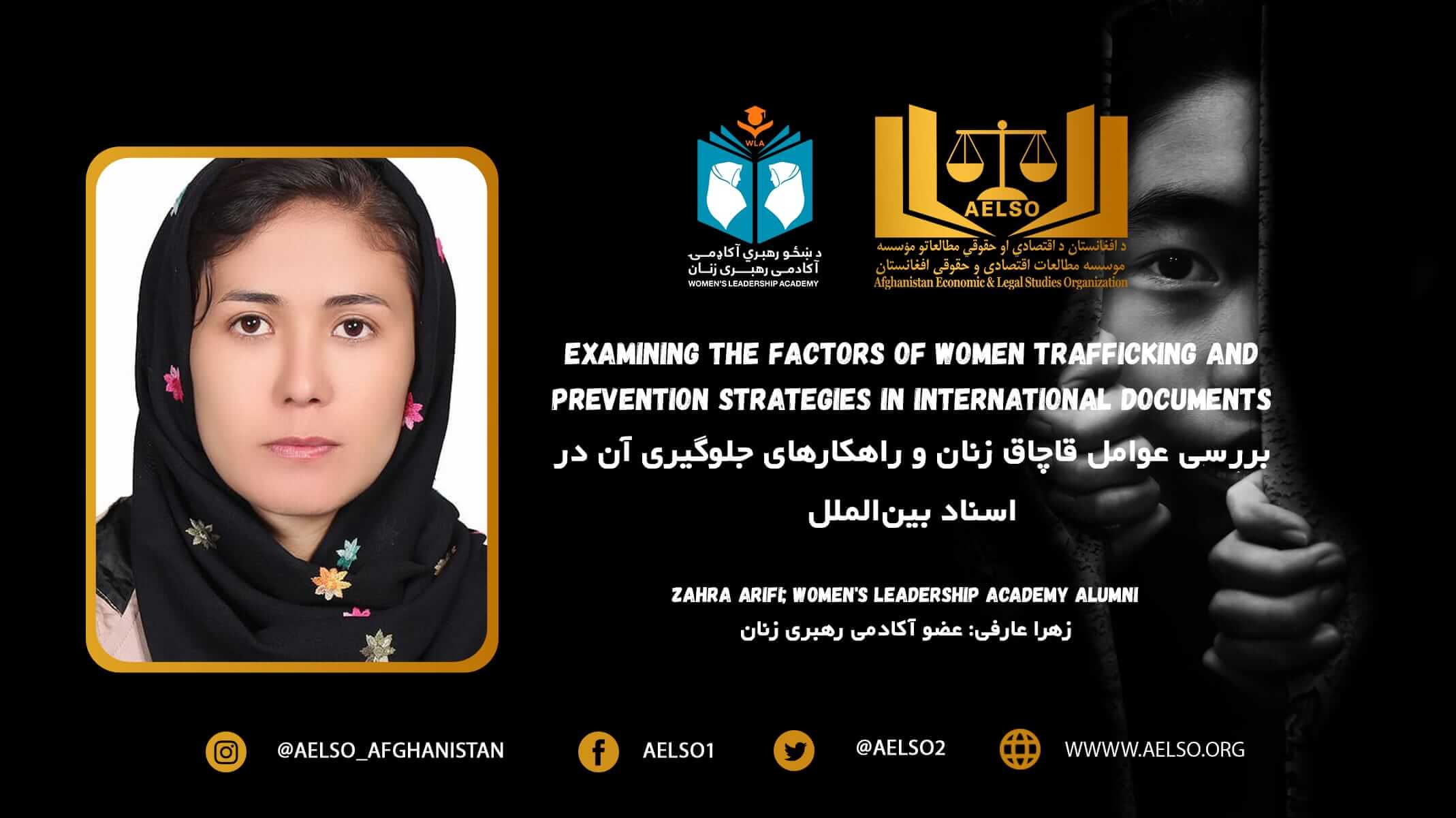
Examining the Factors of Women Trafficking and Prevention Strategies in International Documents
Human trafficking is recognized as an organized crime and a grave violation against humanity and human rights. The trafficking of women and girls predominantly occurs from developing countries with transitioning economies, for exploitative and abusive purposes, both sexually and economically, aimed at the significant profits of traffickers globally. This research employs an analytical-descriptive approach to investigate the factors of women trafficking and prevention strategies outlined in international documents, aiming to identify the factors contributing to trafficking and strategies to combat it. The findings indicate that factors such as economic and cultural poverty, social inequality, low awareness levels, discrimination, violence, lack of victim immunity, and the proliferation of deviant subcultures play roles in the occurrence of women and child trafficking. Meanwhile, the United Nations, in collaboration with countries worldwide, has adopted treaties, protocols, and other conventions specifically addressing the combat against human trafficking, especially of women and children. Although these documents have not been able to fully control the phenomenon of trafficking, they have proven beneficial in reducing this global scourge.
Keywords: trafficking, women and girls, slavery, exploitation, international documents.